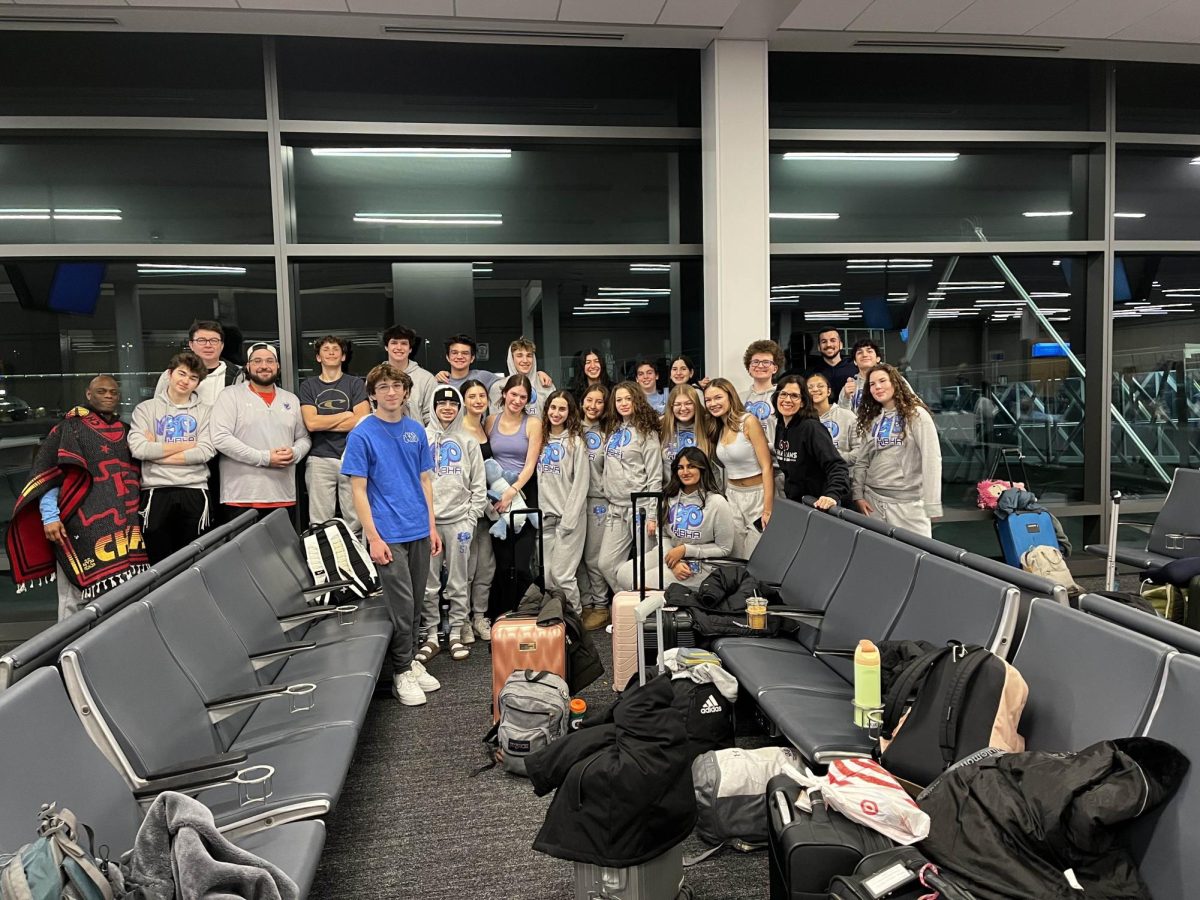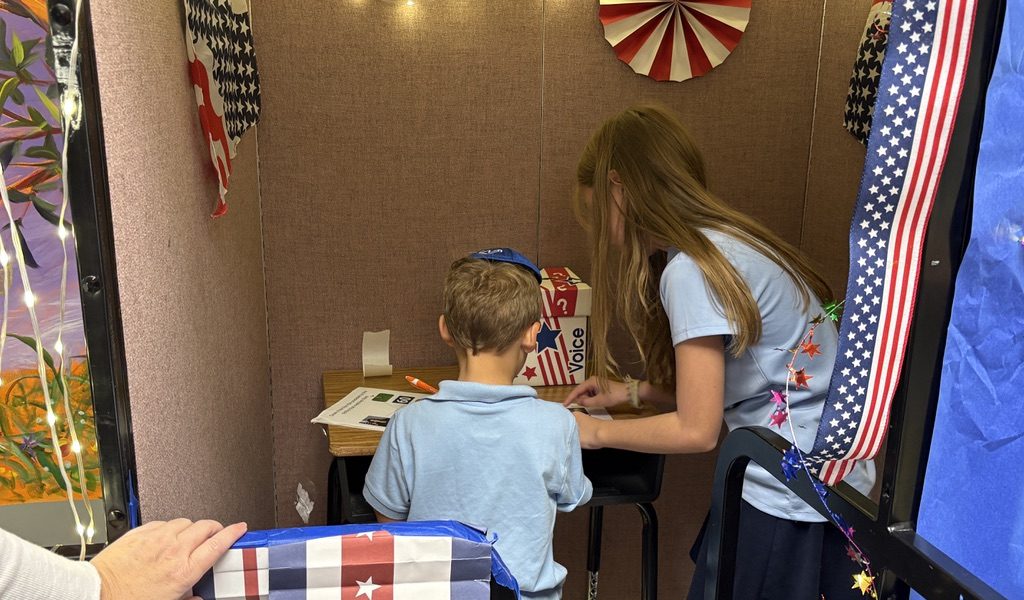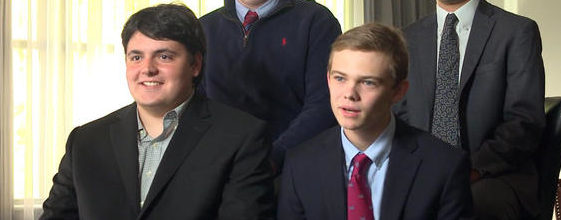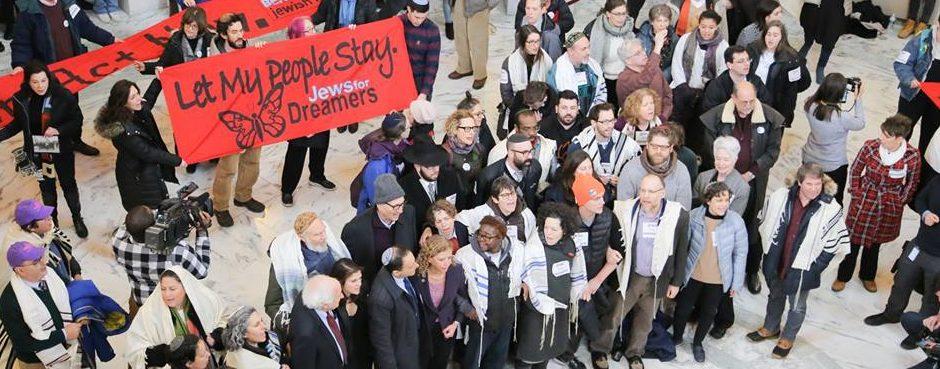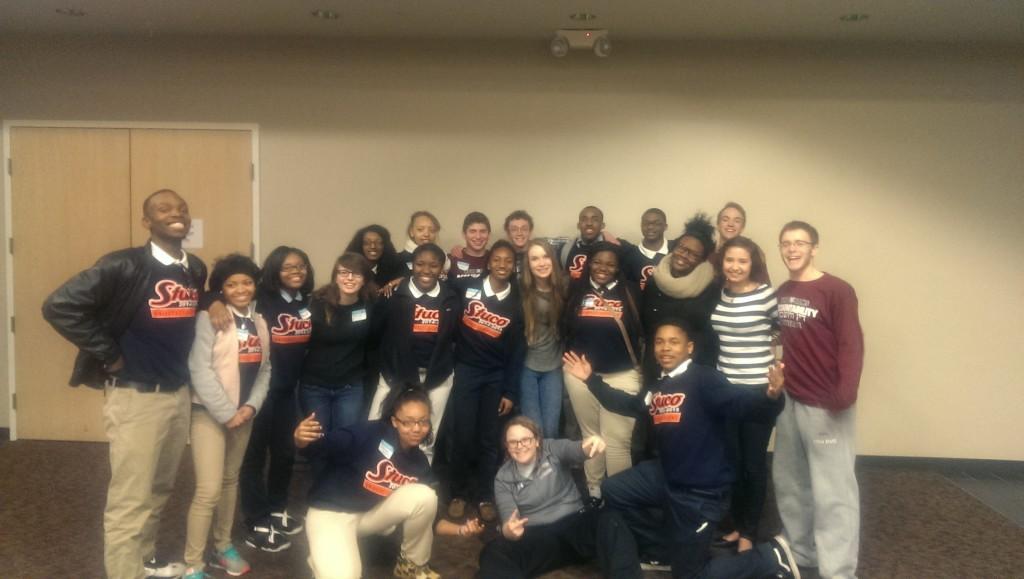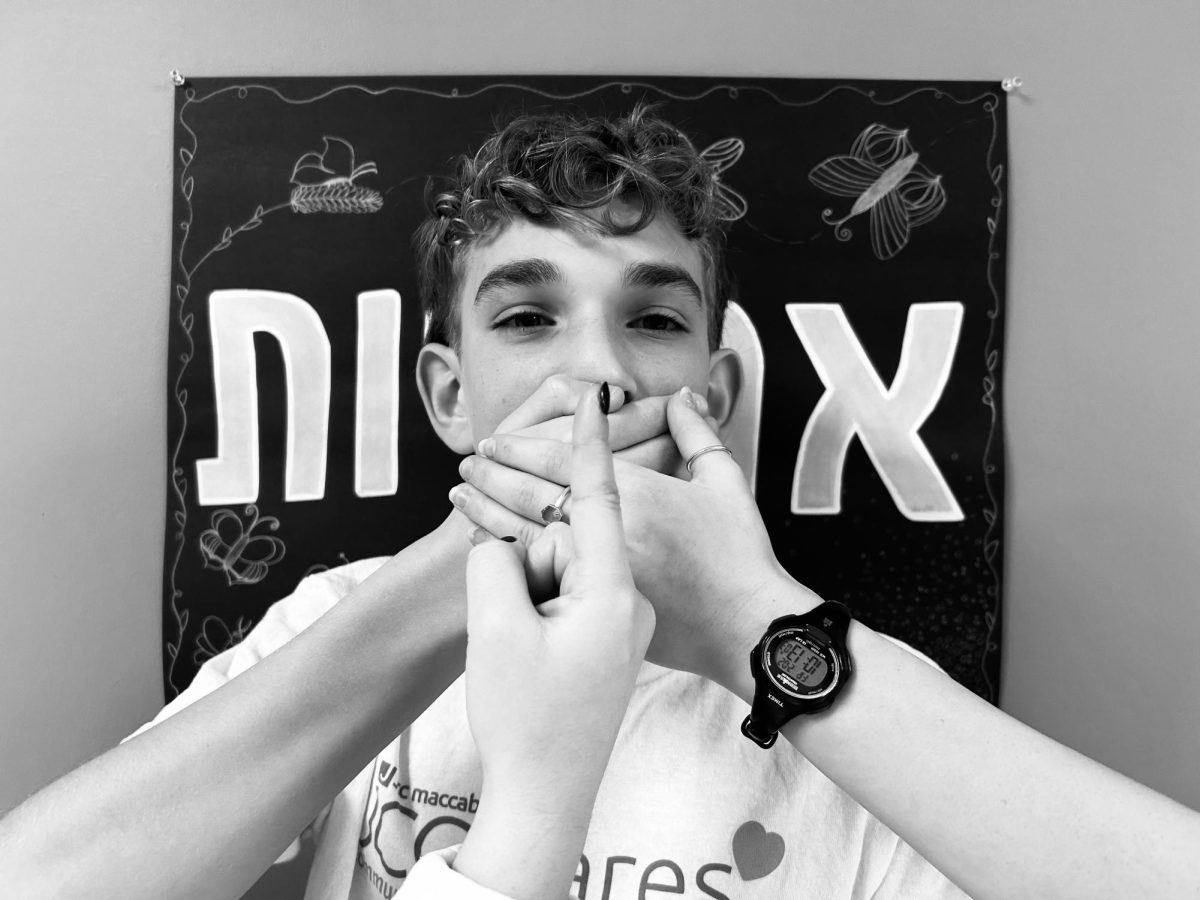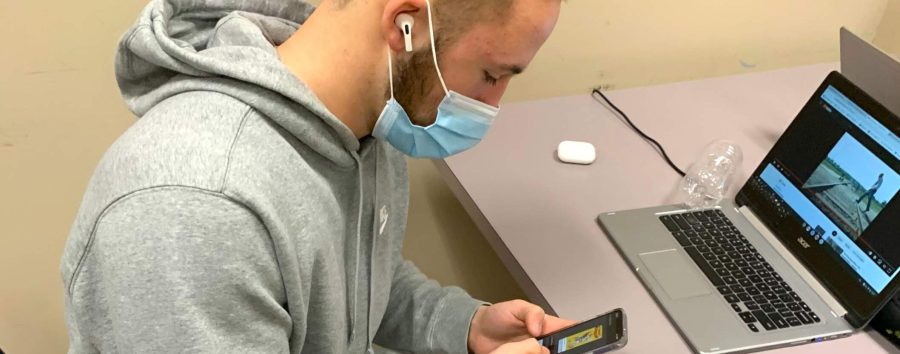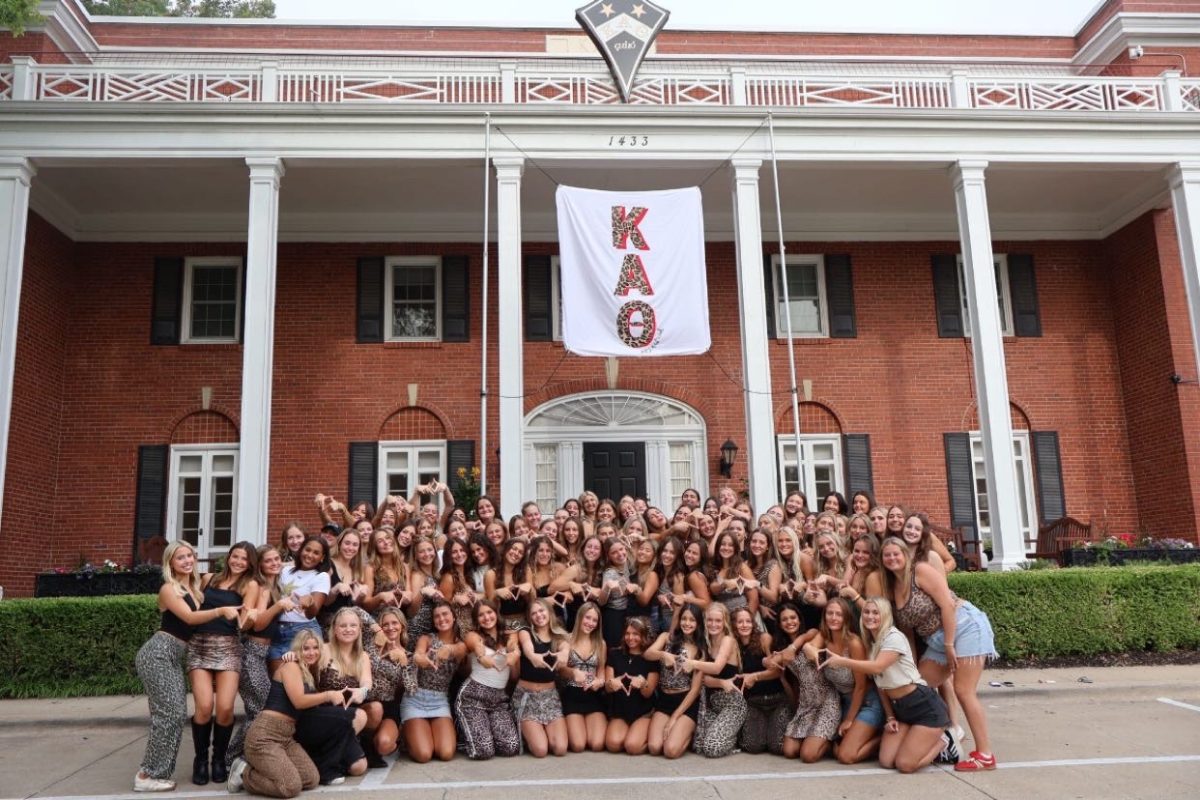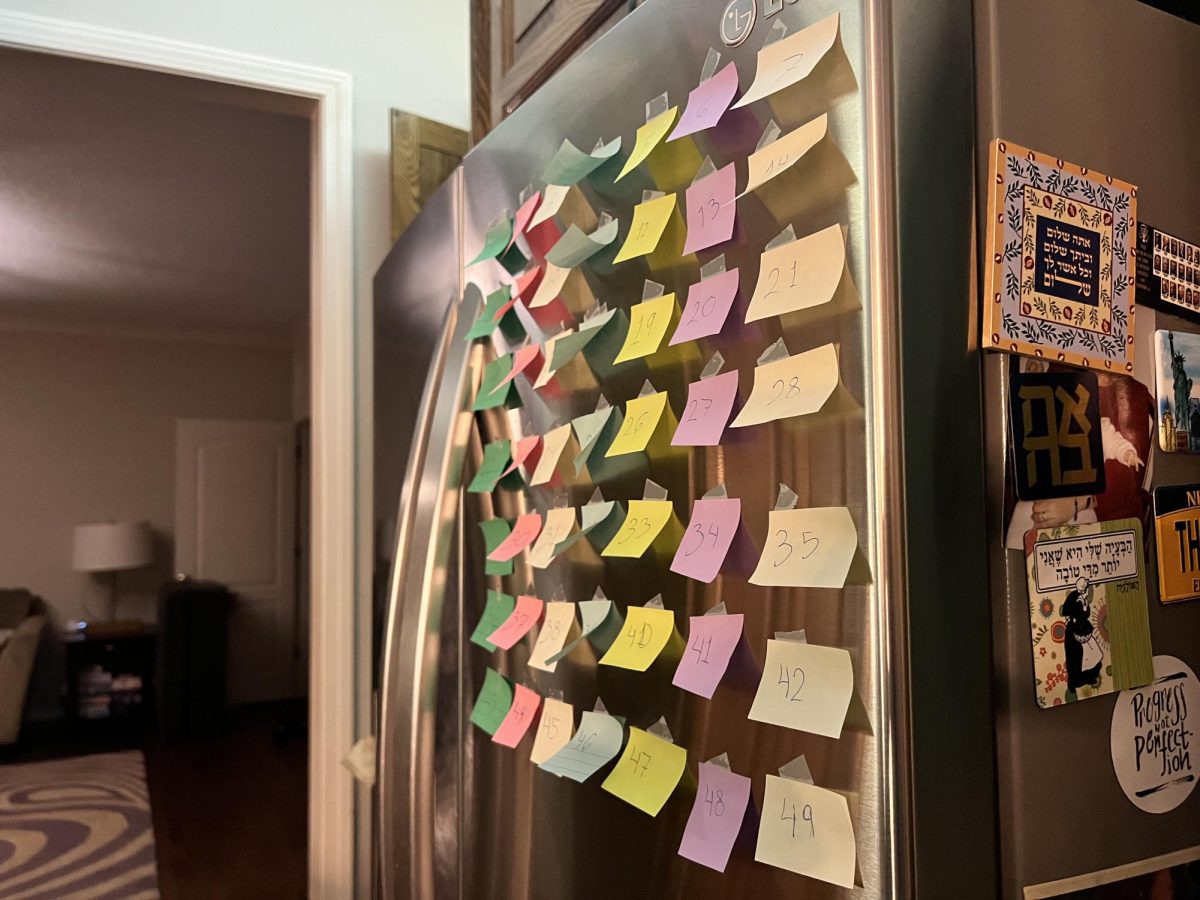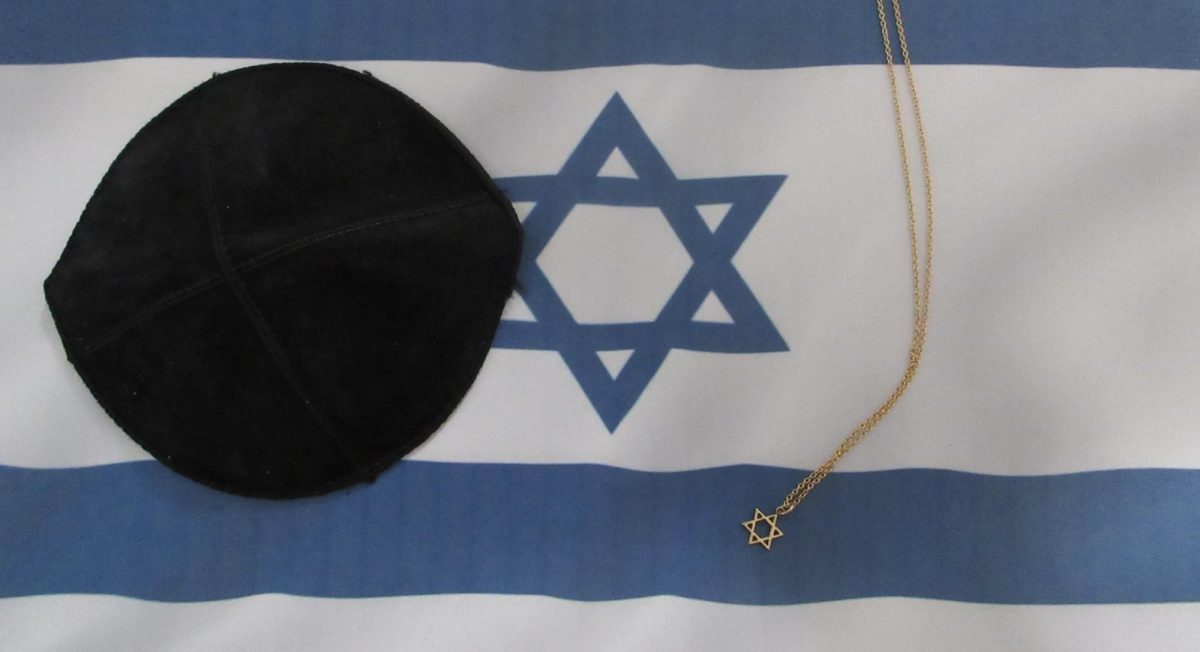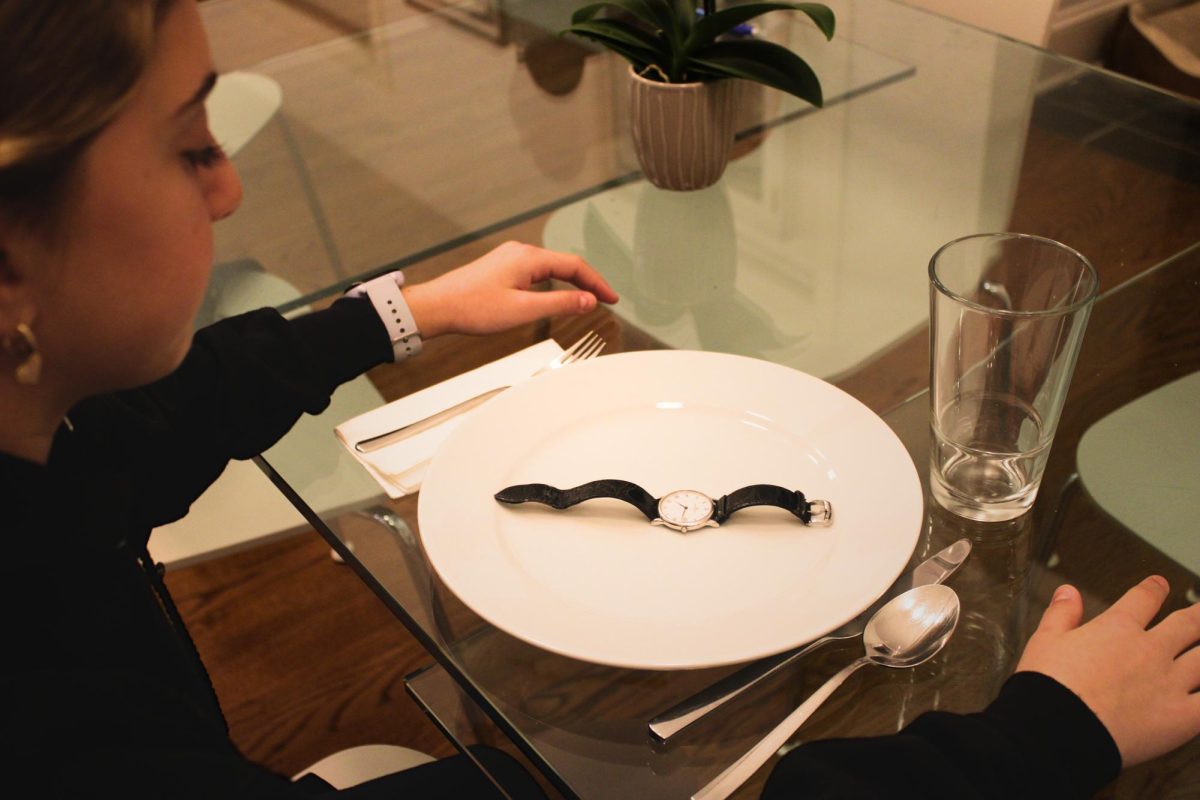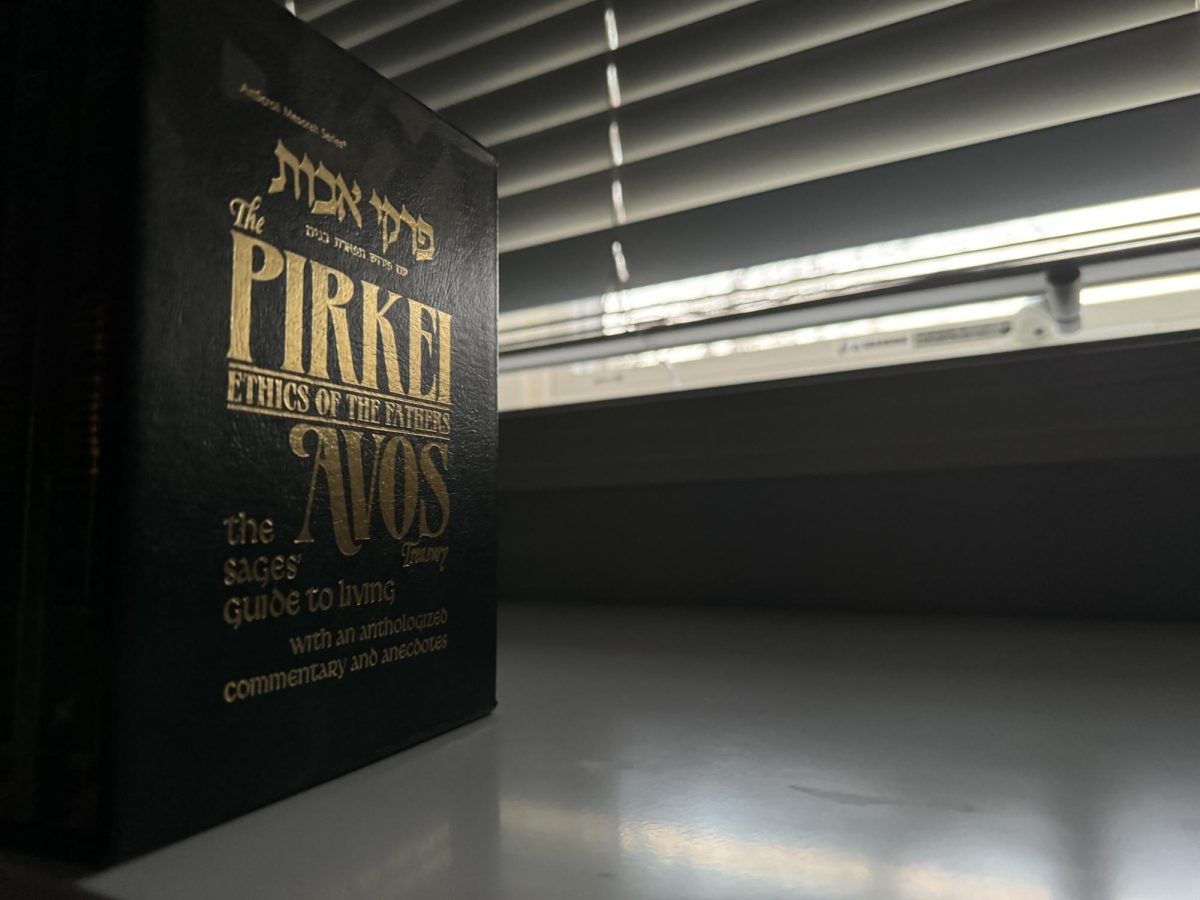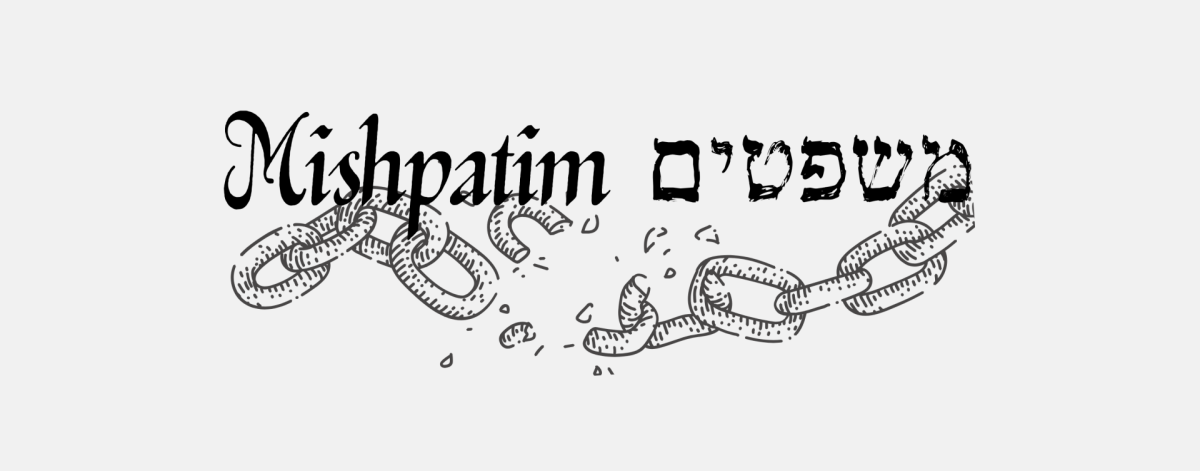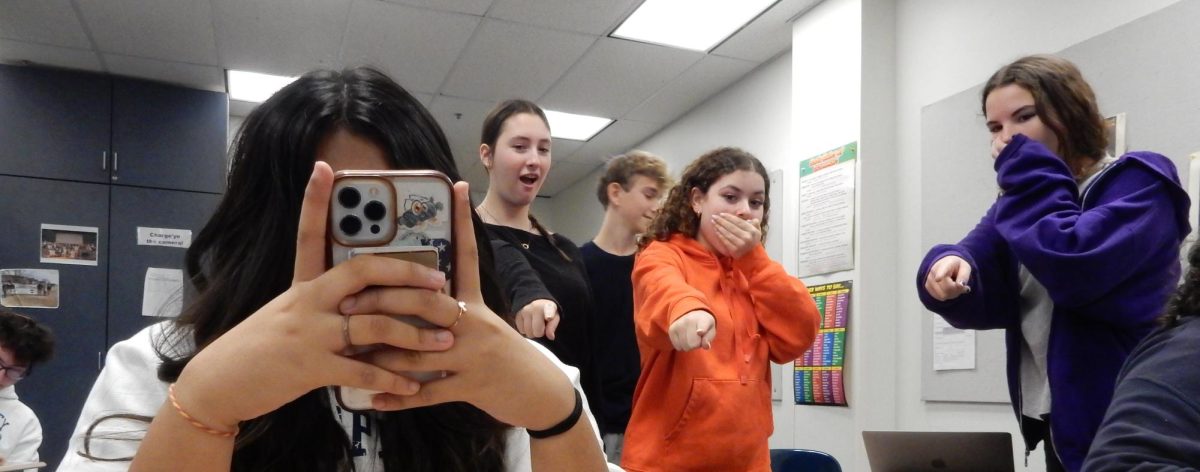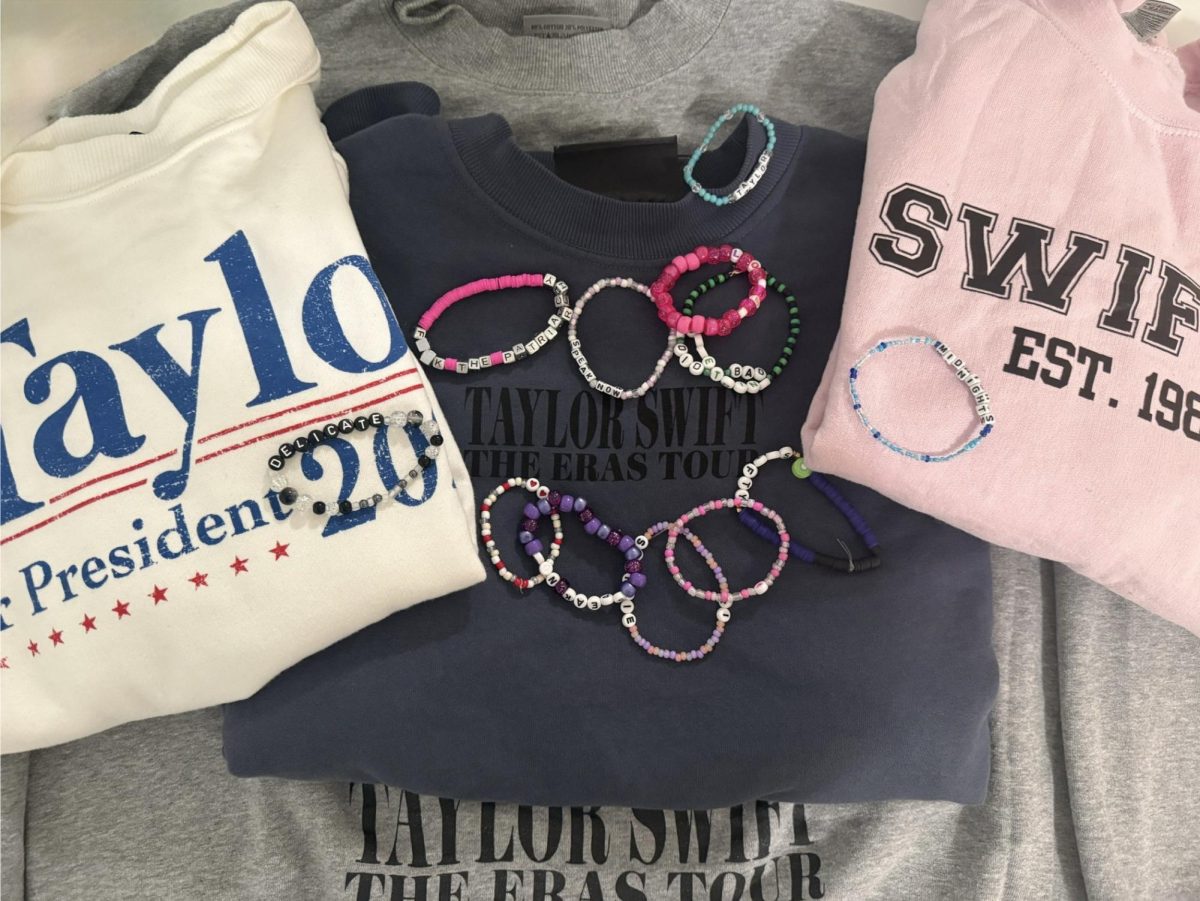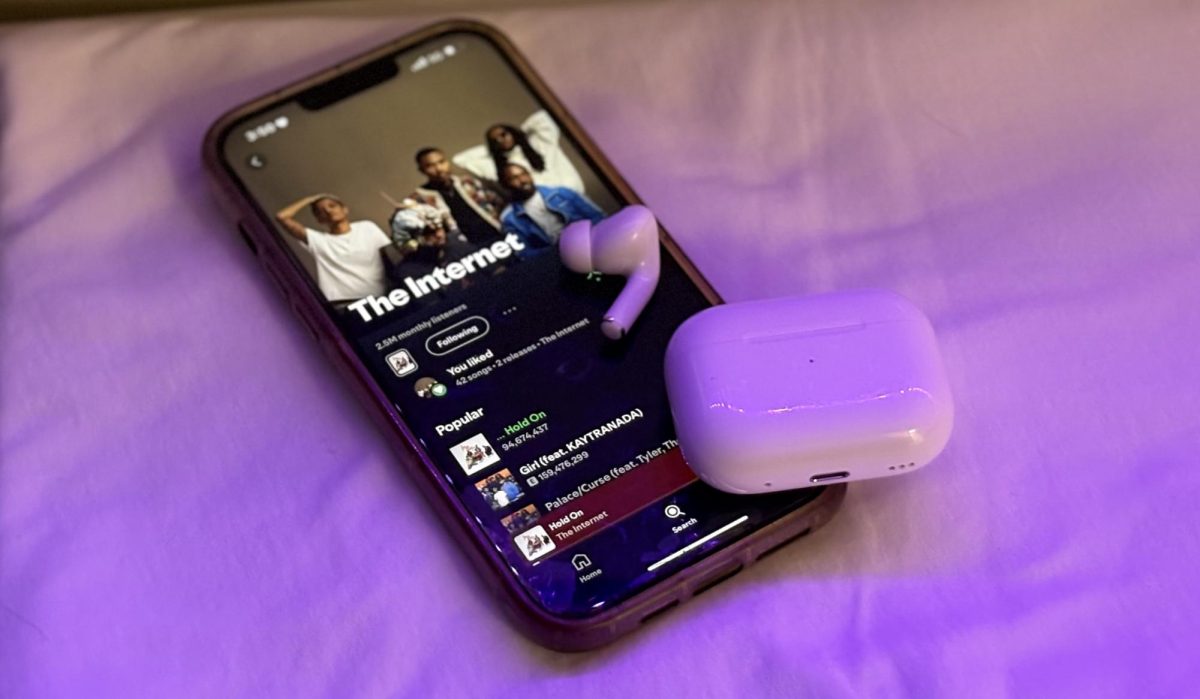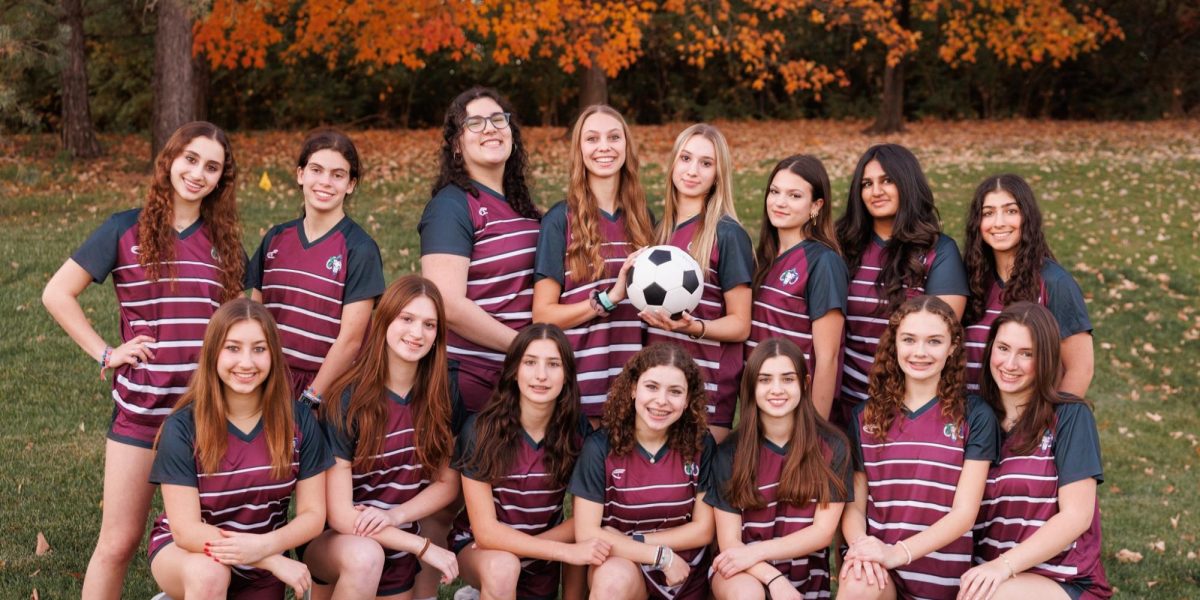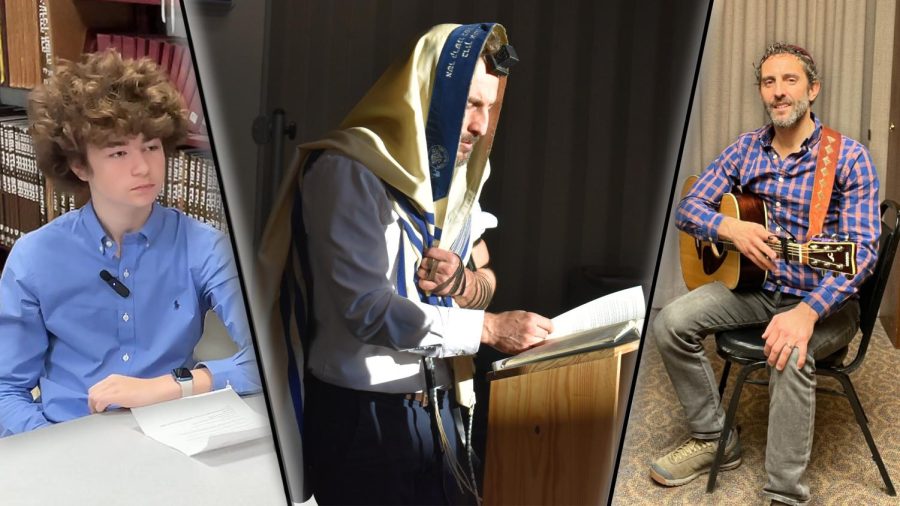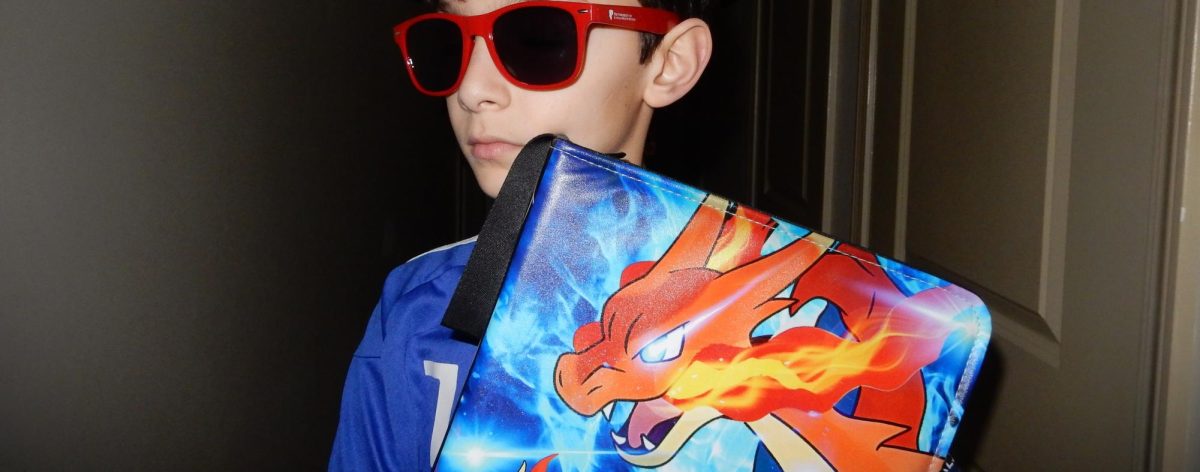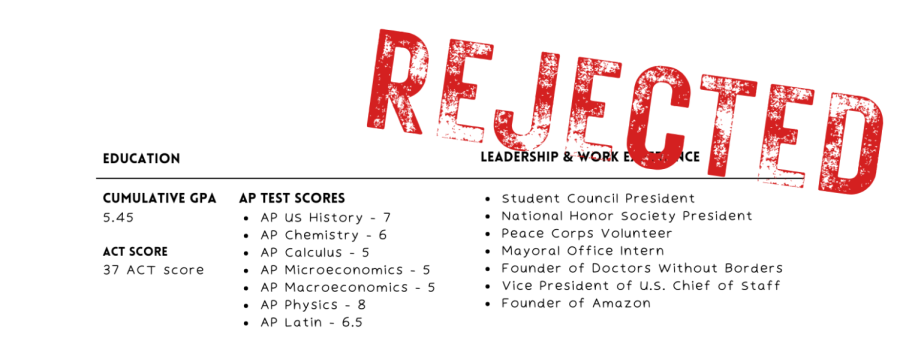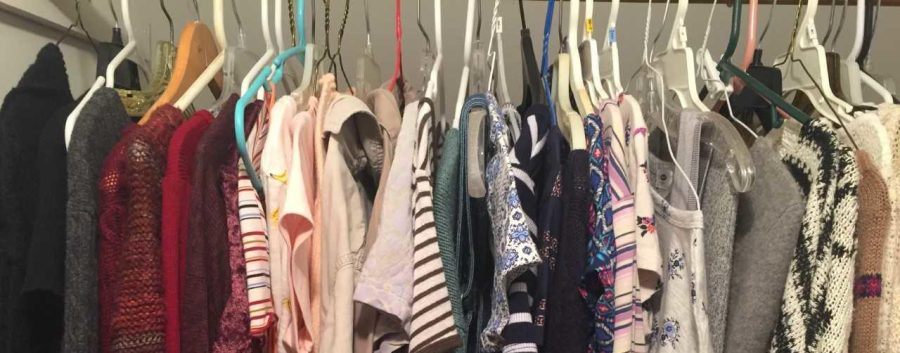Cover photo by Anna Clauer.
What if a teacher told you to stand up so they could measure your skirt? Would you feel ashamed? Embarrassed? Targeted?
Dress codes are much more than simply being modest and dressing nicely in a work and learning environment. In many cases, the enforcement of dress code comes across as a way of shaming students. But the main problem underlying dress codes is that they are too often perceived as a way of asserting power over students, specifically girls. No matter the length of a girl’s dress, the tightness of her shirt, or the look of her clothes, by telling her that her clothes are too revealing or that they are not appropriate, teachers are the ones not only making students feel insecure, but they are making them feel less-than and unaccepted in their school environment.
There are certainly some upsides to having guidelines for appropriate clothing.The dress code is a way of banning unacceptable clothing like short shorts and crop tops, which could be unsuitable in a school environment. And dressing appropriately can play into the interests of people touring schools. It shows professionalism and displays efficiency. But it is not truly beneficial to the students.
Clothes being ‘distracting’ is not an excuse for calling out some girls about what they choose to wear. By telling girls that they need to change their clothes, they are the ones being blamed other people’s distractedness. What is communicated to girls is that they are responsible for others’ attentiveness in classes. Is that really fair? People, most often males, who supposedly find girls’ clothing ‘distracting’ should be reprimanded for sexualizing girls and shaming them. We should teach and expect respect towards women and their bodies.
Hyman Brand Hebrew Academy Sophomore Nina Schultz explains that girls in particular are “targeted for their features.” They can not change their body type, so it is unfair and irrational to target certain girls and not allow them to wear many of the clothing items that other girls would be able to wear. Laura Hewitt, one of the teachers in charge of HBHA dress code, explains that “finding clothes that fit appropriately is a challenge for every woman.” But the problem is that, though clothes may fit, they may not be deemed ‘cute’ or ‘stylish’ by society or by the girls wearing them themselves.
Girls’ bodies are often the ones being dress coded. There is a huge difference between having modest clothing and having a “modest body”.
Leah Anderson, an HBHA junior, elaborates on this idea as she explains that “modest clothing can look immodest” on certain body types. It may not be intentional, but she says that she “typically only hear[s] of girls with less ‘modest’ figures getting dress coded.” Anderson has been dress coded many times because of her body. And anything that is “properly fitted,” she explains, will show certain features that she has.
In many cases, girls are not only criticized for their body, but they are also targeted for their confidence. Girls who clearly feel content with their body and dress the way they want to express themselves should be supported. When they are specifically sought out and dress coded, it damages the way those girls see themselves, and their self acceptance is lowered tremendously.
The worst side effect is the fact that the teachers enforcing the dress code are inadvertently using it to show that they are the ones in charge. The main problem with this is that in the current era, students, and kids in general, are being encouraged to be themselves and celebrate their uniqueness. “What we wear defines us,” Zohar Flacks, another teacher involved in dress code policy, explains, “and that’s a challenge.” We are told that we can do anything, and we can be who we want to be. But dress codes are often adult-driven attempts to shut-up students so they abide by adults’ rules.
Schultz explains that the dress code is “like a war between students and teachers” when it “doesn’t have to be.” Students are not trying to fight the teachers, and vice versa. Both are simply trying to create a dress code that is the most beneficial to both sides, and unfortunately, this is often forgotten.
Unlike many schools, HBHA has adapted to societal changes in clothes. As a school, we have changed the dress code to make sure that it fits the students’ style while still looking appropriate. Hewitt explains that there’s been input from “the very beginning”, and students have been allowed time to talk to teachers and express their opinions since the idea of a dress code was first brought up.
Like this, the key is almost always productive communication. Fair dress codes could be achieved as long as students and teachers can commit to come together with open minds and decide on rules that are beneficial to everyone. If schools can define what a fair dress code looks like and what are fair and respectful ways to enforce it, then students would not feel pressured to cover their personalities.
———————————————————————-
*The views and opinions expressed in this article are those of the author and do not necessarily reflect the official policy or position of Rampagewired or Hyman Brand Hebrew Academy*



